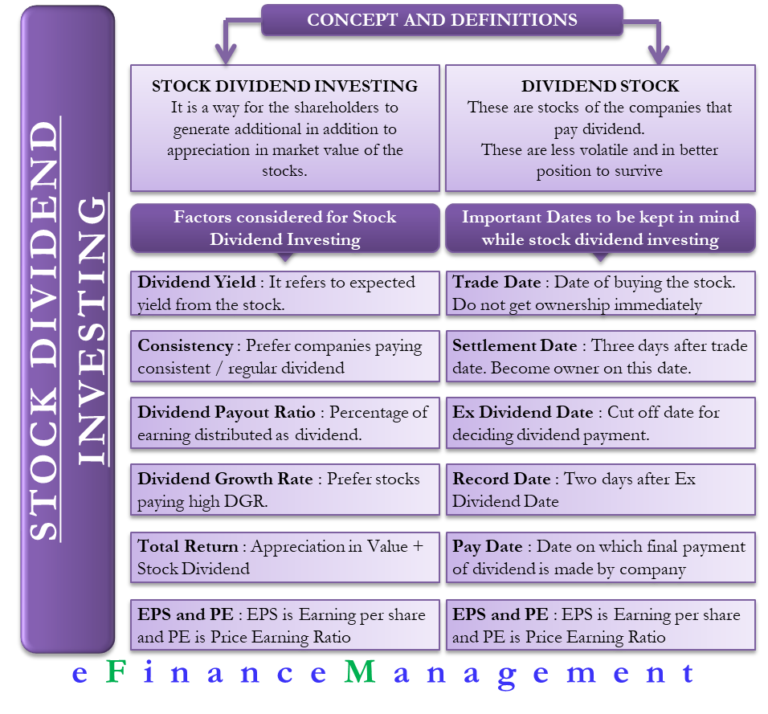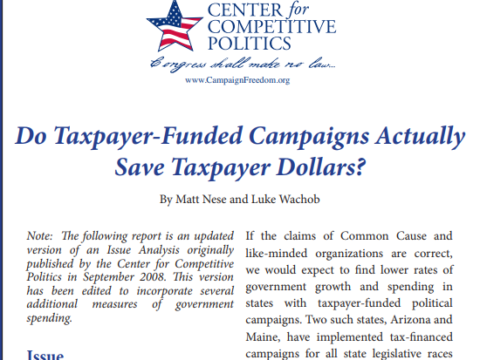The Most Effective And Simple Dividend Strategy

Table of Contents
Understanding Dividend Investing Basics
What are Dividends?
Dividends are payments made by a company to its shareholders, typically out of its profits. They represent a share of the company's earnings distributed to those who own its stock. Understanding how dividends work is crucial for any effective dividend strategy.
- Types of Dividends: The most common type is a cash dividend, paid directly into your brokerage account. Some companies also offer stock dividends, where you receive additional shares of the company's stock instead of cash.
- Tax Implications: Dividend income is generally taxable. The tax rate depends on your income bracket and the type of dividend (qualified or non-qualified). It's essential to consult with a tax professional to understand the tax implications specific to your situation.
Choosing the Right Dividend Stocks
Selecting the right dividend stocks is paramount for a successful dividend investing strategy. Thorough research is essential.
- Consistent Dividend History: Prioritize companies with a long history of consistently paying dividends. Look for those with a track record of increasing their dividend payments over time – this indicates financial strength and commitment to shareholders.
- Dividend Yield and Payout Ratio: The dividend yield represents the annual dividend payment relative to the stock price. A higher yield can be attractive, but it's crucial to consider the payout ratio – the percentage of earnings paid out as dividends. A high payout ratio might signal unsustainable dividend payments in the future.
- Financial Health: Analyze the company's financial health using metrics like the debt-to-equity ratio. A lower debt-to-equity ratio suggests better financial stability and a reduced risk of dividend cuts.
- Screening Tools: Utilize online screening tools to filter stocks based on your desired dividend yield, payout ratio, and other financial metrics. Many brokerage platforms offer such tools.
- Reliable Sectors: Certain sectors are known for their reliable dividend payments. Utilities, real estate investment trusts (REITs), and consumer staples often offer attractive dividend yields.
Building Your Simple Dividend Portfolio
Diversification for Risk Management
Diversification is key to mitigating risk in any investment strategy, and dividend investing is no exception.
- Sector Diversification: Spread your investments across different sectors to reduce your exposure to any single industry's performance fluctuations.
- Company Diversification: Don't put all your eggs in one basket. Invest in multiple companies within each sector.
- ETFs and Mutual Funds: Exchange-Traded Funds (ETFs) and mutual funds offer instant diversification, providing exposure to a basket of dividend-paying stocks with a single investment.
Defining Your Investment Goals and Time Horizon
A successful dividend strategy aligns with your broader financial objectives.
- Realistic Expectations: Set realistic expectations for your dividend income. While dividend investing can generate substantial passive income, it's not a get-rich-quick scheme.
- Long-Term Goals: Align your dividend investing strategy with your long-term financial goals, such as retirement, early retirement, or funding a child's education.
- Time Horizon: Dividend investing is most effective over the long term, allowing for the power of compounding to work its magic.
Dollar-Cost Averaging (DCA) Strategy
Dollar-cost averaging (DCA) is a powerful technique for mitigating risk and maximizing returns.
- What is DCA?: DCA involves investing a fixed amount of money at regular intervals, regardless of the stock price.
- Benefits of DCA: This approach helps to smooth out market volatility, preventing you from investing a large sum at a market peak.
- Implementation: You can automate your DCA strategy through many brokerage platforms, making consistent investing effortless.
Maximizing Your Dividend Income
Reinvesting Dividends for Compounding Growth
Reinvesting your dividends is crucial for accelerating wealth creation through the power of compounding.
- Compounding: Reinvesting dividends allows you to buy more shares, which in turn generate even more dividends. This cycle creates exponential growth over time.
- DRIPs (Dividend Reinvestment Plans): Many companies offer DRIPs, allowing you to automatically reinvest your dividends, often at a discounted price.
- Long-Term Benefits: The long-term benefits of reinvesting dividends far outweigh the benefits of immediately withdrawing them.
Regularly Reviewing and Rebalancing Your Portfolio
Regular monitoring and adjustments are essential for maintaining a healthy dividend portfolio.
- Performance Monitoring: Keep track of the performance of your dividend stocks, paying attention to changes in dividend payments and the overall health of the companies.
- Underperforming Stocks: Identify underperforming stocks and consider selling them to reinvest the proceeds in more promising opportunities.
- Rebalancing: Rebalance your portfolio periodically to maintain your desired asset allocation and risk tolerance.
Tax-Efficient Dividend Investing
Minimizing your tax burden is an important aspect of maximizing your returns from dividend investing.
- Tax-Advantaged Accounts: Utilize tax-advantaged accounts like IRAs and 401(k)s to reduce your tax liability on dividend income.
- Tax Strategies: Understand the tax implications of dividends and explore strategies to minimize your tax burden, such as tax-loss harvesting.
Conclusion
Implementing a simple yet effective dividend strategy requires understanding the basics, diversifying your investments, and consistently reinvesting your earnings. By carefully selecting high-quality dividend stocks, employing a dollar-cost averaging strategy, and regularly reviewing your portfolio, you can build a robust passive income stream.
Call to Action: Start building your own effective dividend strategy today! Begin researching reliable dividend-paying stocks and consider incorporating the tips outlined in this guide to achieve your financial goals with a simple and effective dividend investing plan. Remember, consistent effort and long-term planning are crucial for success in dividend investing.

Featured Posts
-
 Dijon Incendie A La Mediatheque Champollion Bilan Et Consequences
May 10, 2025
Dijon Incendie A La Mediatheque Champollion Bilan Et Consequences
May 10, 2025 -
 Wynne Evans Go Compare Future Uncertain After Strictly Sex Slur Allegations
May 10, 2025
Wynne Evans Go Compare Future Uncertain After Strictly Sex Slur Allegations
May 10, 2025 -
 Is Us Taxpayer Money Funding Transgender Mouse Research
May 10, 2025
Is Us Taxpayer Money Funding Transgender Mouse Research
May 10, 2025 -
 2025 A Good Year For Stephen King Despite A Potential The Monkey Flop
May 10, 2025
2025 A Good Year For Stephen King Despite A Potential The Monkey Flop
May 10, 2025 -
 Wynne Evans Faces Backlash Amy Walshs Response To Strictly Controversy
May 10, 2025
Wynne Evans Faces Backlash Amy Walshs Response To Strictly Controversy
May 10, 2025
